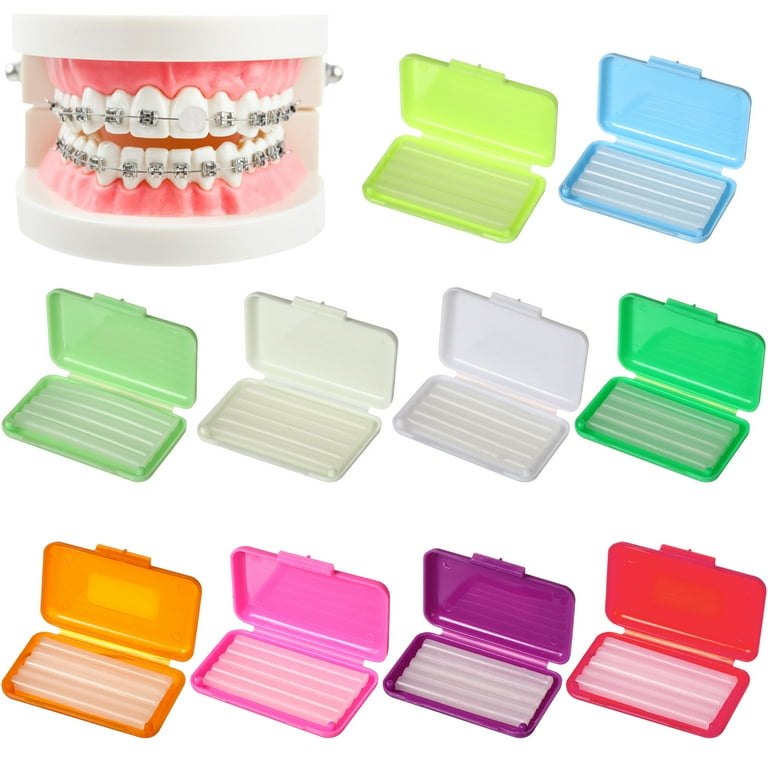The Advantages of Choosing a Cumming Orthodontist for Your Braces and Aligners
The Advantages of Choosing a Cumming Orthodontist for Your Braces and Aligners
Blog Article
Comprehensive Guide to Orthodontics Procedures for Remedying Oral Imbalances
In the world of orthodontics, the journey to accomplishing a flawlessly aligned smile involves a myriad of procedures tailored to deal with dental imbalances. From traditional braces to undetectable aligners and also surgical options, the area of orthodontics provides an array of options to resolve differing degrees of oral irregularities. Comprehending the ins and outs of each procedure, including their systems, benefits, and potential downsides, is vital in making informed decisions regarding one's orthodontic therapy. As we browse with the thorough guide to orthodontic procedures for dealing with oral imbalances, the intricate details of each approach will unfold, clarifying the course toward a useful and harmonious dental placement.
Orthodontic Procedures Summary

Along with traditional braces and clear aligners, orthodontists may likewise advise other interventions like headgear, palatal expanders, or retainers to deal with certain placement problems (braces). These procedures are customized to each individual's unique demands and might involve a combination of therapies to accomplish the wanted results. Regular modifications and surveillance are critical components of orthodontic treatment to guarantee development gets on track and to make any type of necessary alterations along the way. By going through orthodontic treatments, clients can not just attain a straighter smile however also enhance their overall dental health and wellness and feature.
Conventional Braces: Just How They Function
When taking into consideration orthodontic therapies for oral misalignments, conventional dental braces stick out as a reliable method for correcting teeth placing. Traditional braces contain braces, wires, and bands that interact to use continual stress on the teeth, gradually relocating them right into the wanted positioning. The braces are connected to the teeth making use of a special adhesive, and the wires are threaded with the braces. By readjusting the tension of the cables, orthodontists can regulate the direction and pressure related to each tooth, guiding them into correct positioning gradually.
As pressure is applied to the teeth with the dental braces, the bone surrounding the teeth is improved to support the brand-new tooth positions. Individuals will require regular adjustments at the orthodontist's workplace to make certain the dental braces proceed to use the appropriate pressure for reliable teeth activity.
Unnoticeable Aligners: Benefits And Drawbacks
These clear, customized trays are essentially unnoticeable when worn, making them an attractive choice for individuals seeking a more visually pleasing orthodontic treatment. Individuals can eliminate the aligners before consuming or cleaning their teeth, decreasing the threat of food getting stuck in the appliance and streamlining the cleansing procedure.

Surgical Orthodontic Options
Surgical interventions in orthodontics existing feasible choices for resolving complex dental imbalances that might not be efficiently solved with standard orthodontic therapies. While conventional dental braces and undetectable aligners can remedy lots of orthodontic problems, specific instances need medical intervention to achieve optimum outcomes. Surgical orthodontic alternatives are usually suggested visit for extreme malocclusions, substantial jaw disparities, and cases where the underlying bone framework needs modification to accomplish appropriate positioning.
One common surgical orthodontic procedure is orthognathic surgical treatment, which entails rearranging the jaws to deal with useful concerns such as problem chewing or speaking. This surgical procedure is commonly done in collaboration with an orthodontist who helps line up the teeth prior to and after the procedure. Surgical orthodontics may likewise include treatments to reveal influenced teeth, eliminate excess gum tissue, or reshape the jawbone to produce a more unified face profile.
Prior to thinking about medical orthodontic alternatives, people go through a thorough analysis to determine the requirement and possible benefits of such interventions. cumming orthodontist. While surgical treatment may appear daunting, it can substantially improve both the function and aesthetic appeals of the smile in instances where traditional orthodontic therapies fall short
Retainers and Post-Treatment Treatment

Failing to conform with post-treatment treatment instructions can result in regression, where the teeth progressively relocate back towards their original settings. Constant retainer wear, excellent oral health, and normal oral examinations are vital for preserving the outcomes accomplished with orthodontic surgical procedure and making certain the long-term stability of the corrected dental positioning.
Verdict
Finally, orthodontic treatments offer various choices for dealing with dental misalignments. Standard dental braces use metal brackets and wires to move teeth into proper positioning. Unseen aligners provide a more discreet option however might not be suitable for gum disease treatment all situations. Surgical orthodontic choices are readily available for extra serious imbalances. Retainers are generally utilized post-treatment to keep the brand-new placement. On the whole, orthodontic procedures can successfully boost oral health and wellness and visual look.
As we navigate via the detailed overview to emergency tooth extraction orthodontic procedures for fixing oral imbalances, the complex information of each method will unravel, dropping light on the path toward a unified and practical dental positioning. - braces
One of the most typical orthodontic therapies is the usage of braces, which are composed of metal brackets and cords that use mild pressure to gradually shift teeth into the preferred position.When thinking about orthodontic treatments for dental misalignments, conventional braces stand out as a time-tested technique for remedying teeth placing. Additionally, invisible aligners might not be ideal for complex orthodontic concerns that require even more considerable teeth activity, as they are normally advised for light to modest situations. Retainers are customized orthodontic devices developed to hold teeth in their fixed placements after the conclusion of orthodontic treatment.
Report this page